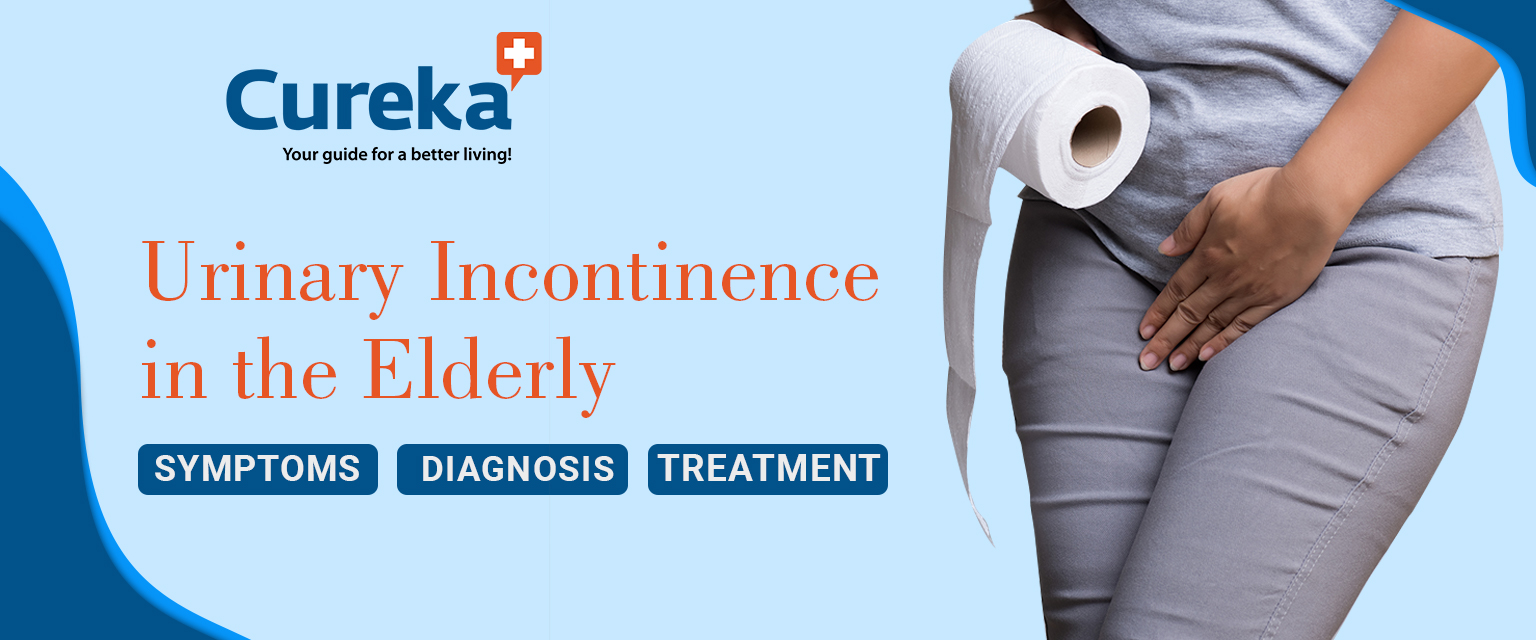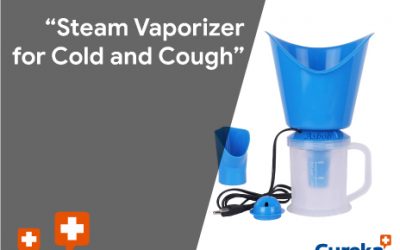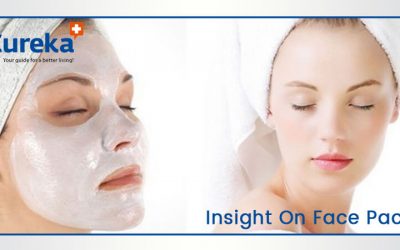Urinary Incontinence in the Elderly: Symptoms, Diagnosis, and Treatment
What is Urinary Incontinence?
In medical terms, loss of control of your bladder is named urinary incontinence.It is an uncomfortable problem, which might occur because of the unexpected urgency of urination. This condition affects your everyday activities as well as could be uncomfortable in public places.
So, if you have urinary incontinence in elderly, contact your doctor straightaway to get relief from easy measures like routine changes or medicines.
Symptoms
The main symptoms of urinary incontinence in older adults include:
- Frequent cloth wetting
- Functional incontinence
- Mixed incontinence
- Occasional and minor leakage of urine
- Overflow incontinence
- Stress incontinence
- Urge incontinence
Prevention
To prevent urinary incontinence in aging, you are recommended to:
- Avoid acidic food and caffeine
- Do pelvic floor exercises
- Eat fibrous food
- Sustain a healthy weight
Diagnosis
To treat urinary incontinence in elderly, it is important to know the kind of incontinence. So, the following investigative methods might be used by specialists:
- Bladder diary
- Cystogram
- Cystoscopy
- Physical examination
- Post-void residual measurement
- Ultrasound testing
- Urine tests
- Urodynamic tests
Treatment
Your urologist might suggest different methods for the treatment of urinary incontinence in old age. These methods consist of:
Behavioral Methods
These include:
- Bladder Training: Necessary to delay urination when urgency is sensed, with the objective being broadening intervals of the urinary trips to the toilet.
- Double Voiding: For emptying the bladder during the urination and to avoid the overflow of incontinence.
- Exercises: For losing weight as well as Kegel exercises for controlling pelvic muscles and for stress as well as urge incontinence
- Food Control: For reducing the intake of acidic food, alcohol, as well as caffeine
- Scheduling Urination: For urinating at stationary intervals, instead of waiting for the urgency to take place
Electrical Stimulation
Electrodes get inserted in the vagina or rectum to electrically stimulate the pelvic muscles smoothly.
Medication
Drugs like mirabegron, anticholinergics, alpha-blockers, as well as topical estrogen might be suggested according to your requirements.
Device Therapy
Devices like a pessary or urethral insert might be recommended for women.
Interventional Therapy
Botox and bulking material injections are preferred for reducing urine leakage.
Absorbent Pads
If any of the medications are not working, you can wear pads as well as protective garments to ease discomfort as well as the inconvenience of urine leakage. They are very lightweight as well as comfortable to utilize as underwear. Men might utilize a drip collector.
Catheter
In case, the source is incomplete bladder voiding, a catheter might be utilized to drain your bladder completely many times.
Nerve Stimulators
Just like a pacemaker utilized in cardiology, the renal nerve stimulator provides impulses only when your bladder is full as well as controls incontinence impulses.
Surgical Procedures
Some common surgical procedures include:
- Artificial Urinary Sphincter: If you have an enlarged prostate gland or prostate cancer, a smaller ring full of fluid is rooted around the bladder for keeping it shut till the bladder gets full. Urination becomes possible only through activation of a valve underneath the skin, whenever you are all set to urinate.
- Bladder Neck Suspension: An abdominal incision is done in this method to provide support to your bladder neck and urethra.
- Prolapse Surgery: In case, you are a woman having mixed incontinence as well as pelvic organ prolapse, the combination of prolapse surgery and sling procedure might be used.
- Sling Procedures: A pelvic sling is made for keeping the urethra closed for preventing urine leakage whenever you laugh, cough, or sneeze.











